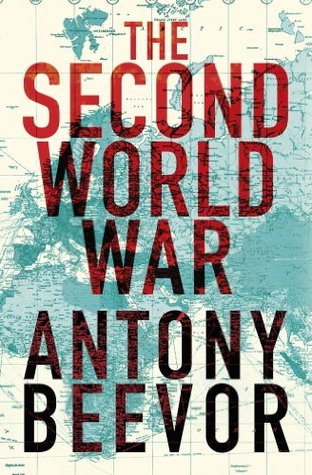More on this book
Community
Kindle Notes & Highlights
At 11.15 hours, Chamberlain made his broadcast to the nation from the Cabinet Room in 10 Downing Street. All over the country, people stood up when the national anthem was played at the end. A number were in tears. The prime minister had spoken both simply and eloquently, but many remarked on how sad and tired he sounded. Just after his brief talk had finished, air-raid sirens began their howling. People trooped down into cellars
Life in the cities was no better for the poor, even for those with jobs. ‘In Shanghai,’ wrote an American journalist out there, ‘collecting the lifeless bodies of child labourers at factory gates in the morning is a routine affair.’
HMS Kashmir,
On the Soviet side, Beria’s NKVD massacred the inmates of its prisons near the front so that they would not be saved by the German advance. Nearly 10,000 Polish prisoners were murdered. In the city of Lwów alone, the NKVD killed around 4,000 people. The stench of decomposing bodies in the heat of late June permeated the whole town. The NKVD slaughter prompted Ukrainian nationalists to begin a guerrilla war against the Soviet occupiers. In a frenzy of fear and hatred, the NKVD massacred another 10,000 prisoners in the areas of Bessarabia and the Baltic states, seized the year before.


